EDITORS NOTE: Reason Magazine recently reported that prominent climate alarmist and hockey stick creator Michael E. Mann had a big setback: Punitive Damages Award in Mann v. Steyn Reduced from $1M to $5K.
The hits keep on coming. Roger Pielke Jr., on his Twitter feed recently noted that, “Michael Mann’s court losses continue to pile up His request to the court to stay the payment of $530,820.21 in legal fees to National Review has been denied.”
The Heartland Institute has been following the Mann -vs- Steyn Case for over a decade, and did trial video coverage of the over a year ago. Now, in this guest essay Rael Jean Isaac shows how the mighty Mann has fallen, and his losses keep racking up.
Guest essay by Rael Jean Isaac This article originally ran in American Thinker
What a difference a year makes.
A year ago Michael Mann was riding high after winning his 12 year old lawsuit against journalist/pundit Mark Steyn and Rand Simberg over comments sharply critical of Mann’s famed “hockey stick” graph. That graph purported to demonstrate a sharp rise in global temperature following industrialization, supposedly caused by man-made greenhouse gas emissions. The offending comments were by Steyn in a National Review blog and by Simberg in a Competitive Enterprise Institute (CEI) blog.
Mann brought suit against all four, but in 2021 National Review and CEI won “summary judgment” (a peculiar term after nine years of litigation) on the grounds that Steyn and Simberg were “independent contractors,” not employees, and they bore no responsibility for the content of the posts.)
In February 2024, a District of Columbia jury ordered Steyn to pay one million dollars in punitive damages to Mann. (Although Steyn’s offense was chiefly to have quoted Simberg, the jury only assessed the latter $1,000 ).
If Mann was joyous, Steyn was depressed and enraged. He had spent twelve years in what he described as the “dank, fetid, clogged septic tank of DC justice.” The case had ruined his finances and as he often stated, his life. And at the end, when it finally came to trial, far from being vindicated, he had been slammed with a huge penalty with the potential to destroy the rest of his life, already precarious in the wake of one massive and several lesser heart attacks. An appeal would entail more years and huge additional legal costs.
Buoyed by the verdict, Mann promised to bring National Review and CEI (as institutions, presumably with deeper pockets) back into the case. He said he believed the summary judgment had been “wrongly decided.” Mann announced, “They’re next.”
One year later the tables had turned upside down. To understand what happened, it is necessary to know something of the legal underpinnings of the case.
Mann’s case against Steyn centered on his 270-word blog post on the Corner section of National Review’s web site. In it he quoted Simberg, who had taken a swipe at the administration of Pennsylvania State University for what he saw as its “cover-up and whitewash” of investigations into both Jerry Sandusky, (their eventually convicted football coach) and Professor Mann. Mann, Simberg wrote, “could be said to be the Jerry Sandusky of climate change except that instead of molesting children, he has molested and tortured data in the service of politicized science.” Steyn’s focus was also on Penn State. He distanced himself from the analogy to Sandusky but said Simberg had a point: “Michael Mann was the man behind the fraudulent climate-change ‘hockey-stick’ graph” and “whether or not he’s ‘the Jerry Sandusky of climate change,’ he remains the Michael Mann of climate change, in part because his ‘investigation’ by a deeply corrupt administration was a joke.”
Mann’s defamation suit (after National Review and CEI were gone) sought compensatory and punitive damages from both Steyn and Simberg. To win compensatory damages the plaintiff must prove he suffered real losses, either financially or to his reputation. For punitive damages, D.C. Superior Court Judge Alfred Irving told the jury, the plaintiff must show “by clear and convincing evidence” that the defendants published their words “either knowing that the statement was false or with reckless disregard of whether it was false or not” and also “showed maliciousness, spite, ill will, vengeance, or deliberate intent to harm the plaintiff.” The judge left the size of possible punitive damages to the jury’s “good judgment.”
Mann’s proof that he suffered actual damages was “a mean look” he endured at his local Wegman’s supermarket and a claimed dramatic loss in grant funding. Mann had no evidence the “mean-looker” had read either of the offending blogs or even knew that Mann was anything other than a fellow cart-pusher. As for the loss in grant funding, Simberg’s attorney pointed out that the numbers Mann and his counsel presented had been shown to be multi-millions too high in the discovery phase of the proceedings. Indeed, the defendants were able to show that after the blogs Mann’s career had shot up, as Steyn put it, “like his hockey stick.”
The judge told the jury that if they found “no proven damages resulting or that the damages are only speculative, then you may award nominal damages” such as $1 – which is precisely the amount the jury awarded Mann from each defendant. That left punitive damages and here the jury, as we have seen, came to a very different conclusion.
The jury’s verdict posed obvious questions. Why the million dollars in punitive damages against Steyn when the jury found Mann deserved a mere dollar in compensatory damages? Courts have typically ruled that punitive should be no more than nine times compensatory damages, although the ratio may be substantially greater. But a million to one? That’s unheard of. Although Judge Irving had warned them this was a defamation case, not a trial of climate science, one can only assume that the jury was following the injunction of Mann’s lawyers that it was up to them to “send a message” that “these attacks on climate scientists have to stop.”
During “voir dire” (the questioning of prospective jurors about their biases before being chosen), it was revealed that all of them believed that man-made climate change was a serious problem.
But that still does not explain the vast discrepancy between the thousand dollars assessed Simberg and the million assessed Steyn. Steyn offers an explanation. The Mann legal team portrayed him as part of a wealthy elite and elicited from him on the stand that he had been a long-time substitute host for Rush Limbaugh. Steyn believes this was a red flag to the solidly Democratic jury (the vote in D.C. is 95% Democratic). Mann had venue-shopped the case to the notoriously progressive D.C. courts although neither Mann nor the defendants were D.C. based.
Steyn may be leaving out another factor. To avoid bleeding even more money, Steyn represented himself at the trial. Steyn is brilliant (his IQ must be off the charts) and does not suffer fools gladly. While his bravura performance delighted his many admirers who followed the trial in person or online, the size of the award suggests it alienated the jurors.
Even before the case closed, Steyn’s attorneys (despite defending himself, Steyn had lawyers on board) filed motions for a new trial.
More than a year later Judge Irving responded. He did not order a new trial, but given how expensive and time-consuming that would be, arguably did something more useful. He ordered the punitive damages against Steyn, which he called “grossly excessive,” reduced to a mere five thousand dollars, the “maximum” sum Steyn’s attorney had suggested was reasonable.
But there was more good news to come. A week later, Judge Irving responded to Steyn’s motion that Mann pay legal fees. While only partially granting the motion, Judge Irving’s rhetoric was scathing.
What especially infuriated him was the Mann team’s false claims of a huge loss in grant money– which Judge Irving called “an affront to the Court’s authority.” The team had offered “plainly false evidence” and were guilty of “bad faith misconduct “… “extraordinary in its scope, extent, and intent.” Judge Irving said he would issue sanctions to cover the costs the defendants had in countering these “outright misrepresentations.” Steyn and Simberg have been told to submit their costs by the end of March and it is highly probable they will exceed the $5,000 Steyn owes in punitive damages. Simberg is already ahead when it comes to his punitive damages, since the court in January affirmed a sanctions award to him and CEI of $9,000 for other Mann team misbehavior during discovery.
The reversal of fortune is even more striking. For years National Review had been attempting in vain to use D.C. Anti-Slapp (Strategic Lawsuit Against Public Participation) laws against Mann. These are laws to discourage litigants from using the legal system to silence their critics by awarding legal fees to some who won their cases. In January 2025 National Review (having exited the case via summary judgment in 2021) finally won $530,820 (less than half of what it had asked) for legal fees associated with part of Mann’s case against it. (National Review had libel insurance –which also covered Steyn–but such insurance typically only pays a fraction of the costs.) The Competitive Enterprise Institute would almost surely now file a similar suit for a similar sum.
From being poised to gain over a million dollars, Mann, within a month, stood potentially liable for that very same substantial sum.
While all this may seem a resounding victory for free speech, there is no happy ending. Steyn has said repeatedly that the process is the punishment. As the case remorselessly dragged on (Judge Irving is the sixth judge and the case is now in its thirteenth year) participants, at least those who, unlike Mann, have no sugar daddy to pick up their bills (Mann’s financial backer is still unidentified) , have lived under constant emotional stress, fearful that even death cannot wipe out their debts.
And the case is not over. As he promised, Mann has appealed the court’s decision to remove National Review and CEI. He has also argued for a stay on enforcement of the half million anti-SLAPP award to National Review while he appeals it. Although he personally has had no legal fees to pay, he is also seeking six figure court costs from both Steyn and Simberg.
In Bleak House, Jarndyce and Jarndyce continues for many generations, even after the inheritance under dispute had vanished under the weight of legal fees. Mercifully, Mann’s case will not grind on as long as the one in Dickens’ novel, but Steyn estimates appeals could keep it going another ten years. The limiting factor may well be the willingness of Mann’s donor (or donors) to continue pouring money into the case now that serious payments to the defendants loom.
As a test of free speech protections, the case illustrates their vulnerability when issues arousing popular passions (notably progressive passions like “climate change”) are involved. Early on, a host of organizations from the ACLU to the New York Times on down filed amicus briefs on behalf of National Review and CEI. But recently there has been little support from any of them as the adverse decisions against Steyn and Simberg rolled in.
Above all the case illustrates the failure of the American system of justice. A trivial case that should have been disposed of in a few months has been allowed to fester for over a decade at a ridiculous (and, for the defendants, cruel) cost—with no end in sight. Major structural reforms are needed to address this problem.
Authors Credit: Rael Jean Isaac is the author most recently of Roosters of the Apocalypse: How the Junk Science of Global Warming is Bankrupting the Western World




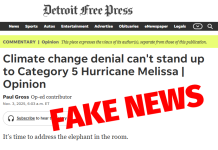

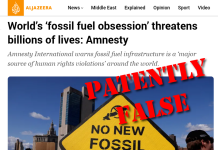


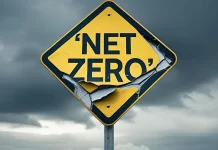





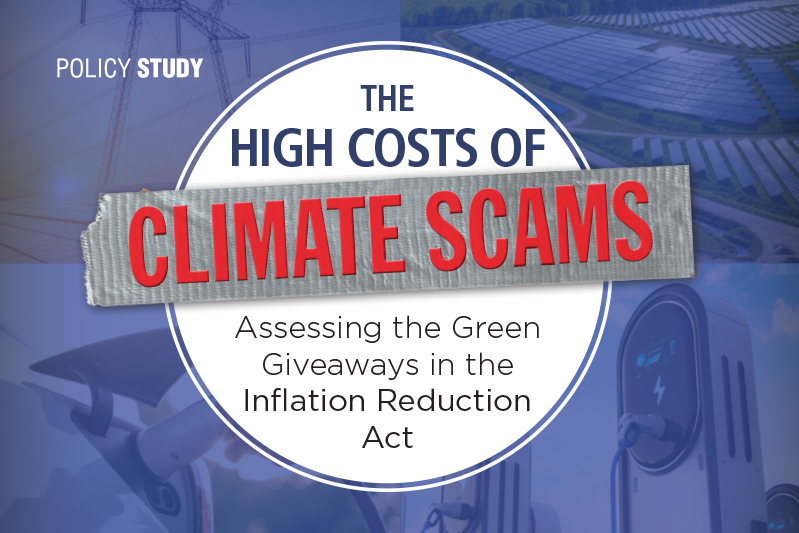
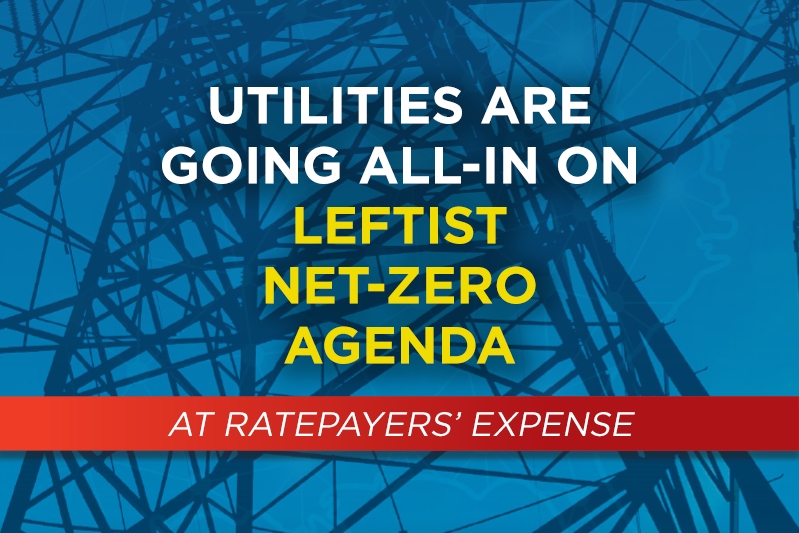
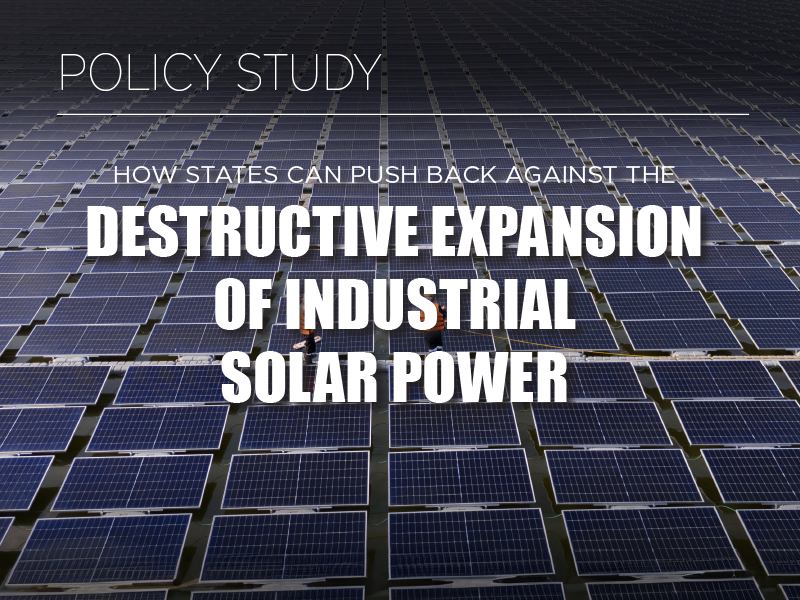
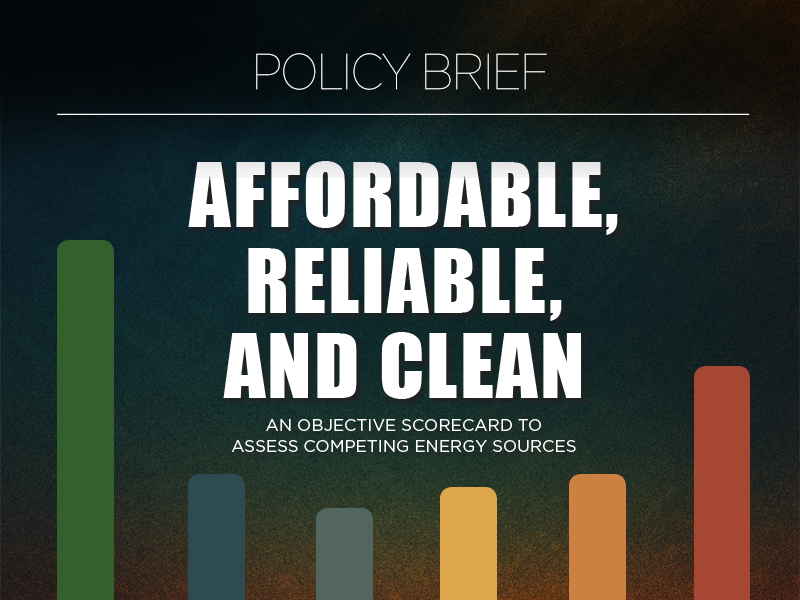



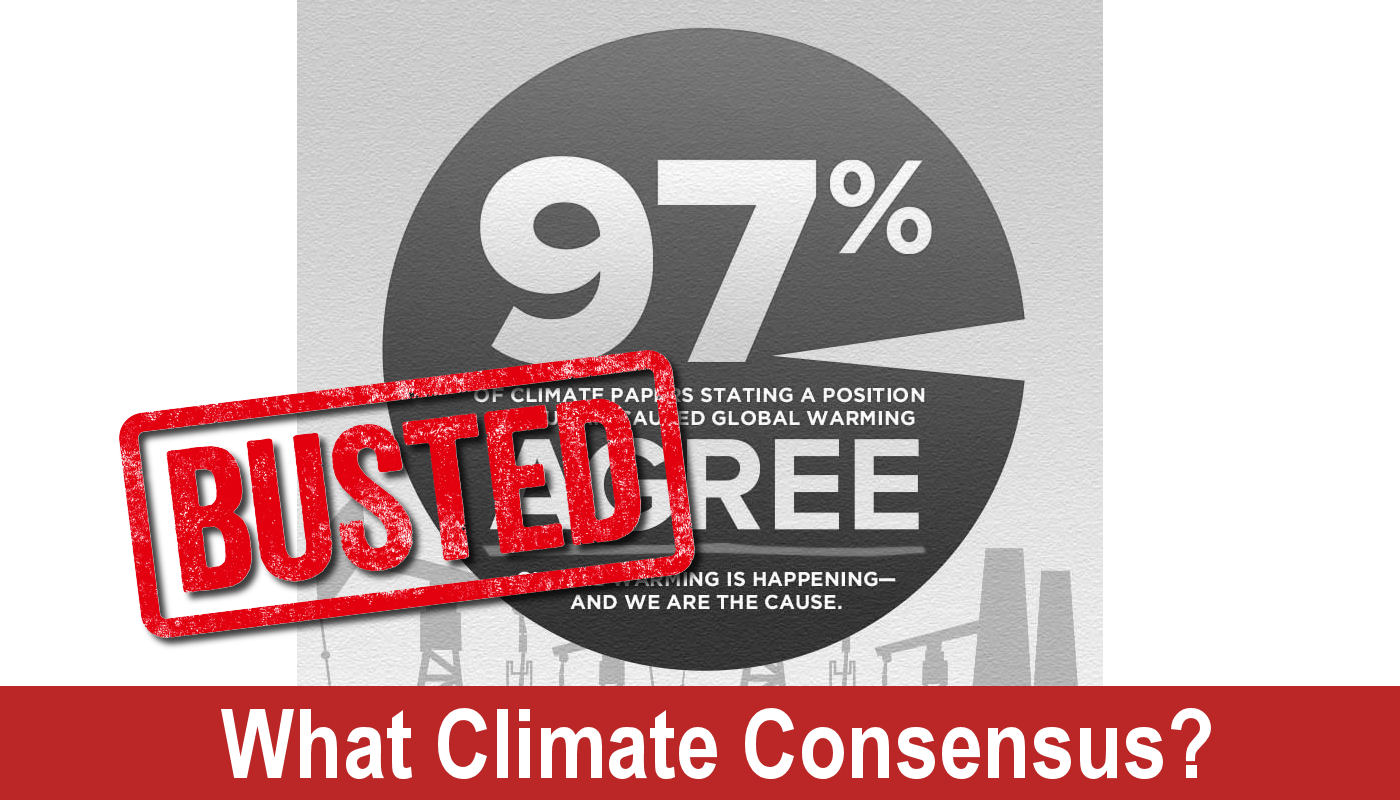
Absurd how this case wasn’t thrown out as frivolous and allowed to continue without any just cause! Anybody with a functioning brain knows this isn’t about facts but political science! It’s not popular to be anti-climate change and there’s no such evidence yet to prove it with complete fabrication! Strand Sumberg were steamrolled by the biased system of government policy and media attacks!